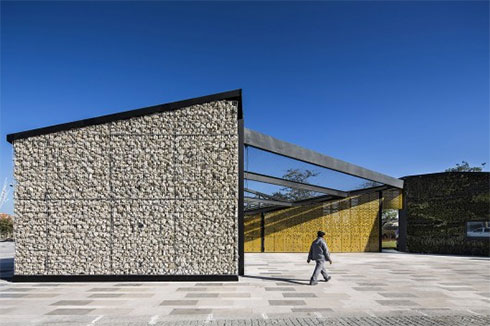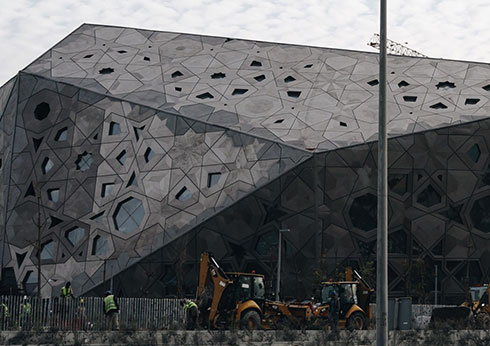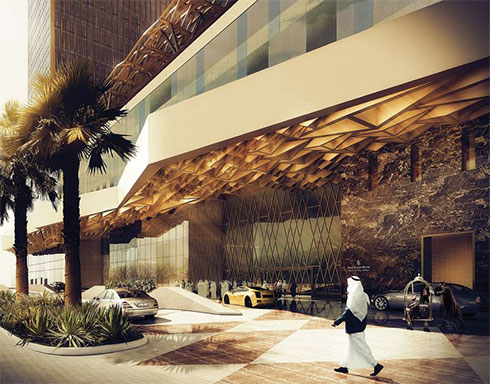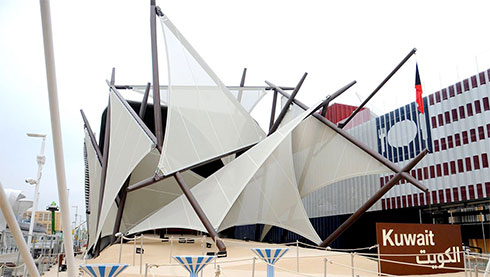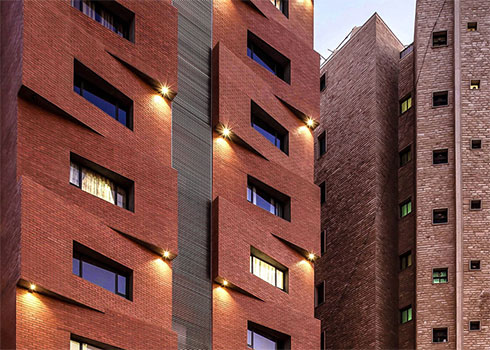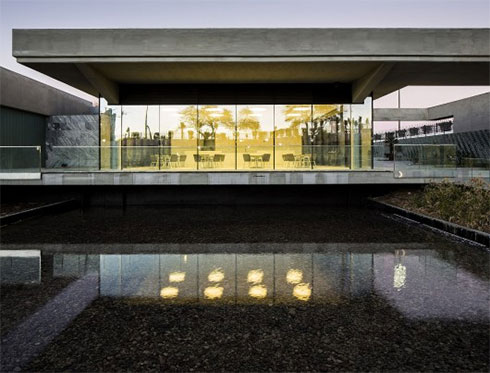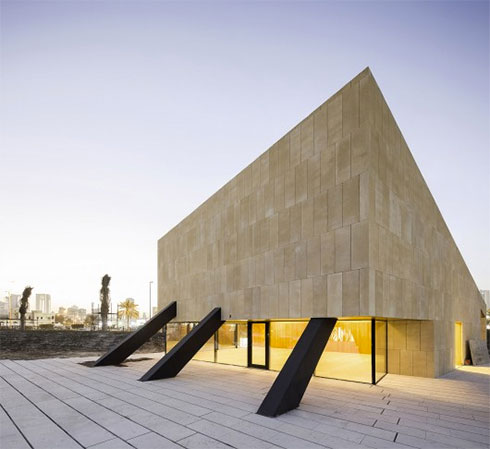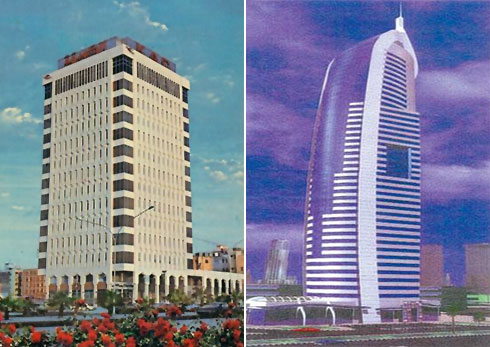
I pretty much know my neighborhood inside out but every now and then I find out about a new place that ends up completely catching me by surprise. Zeri Crafts is one of those places.

Zeri Crafts is a small boutique located on the Gulf Road near the soon to open Dar Hamad restaurant. Back in the day when the Gulf Road used to still be a sandy beach, the location used to be a boat chalet. The place is still mostly all original with beautiful wooden window frames and the hooks to which the boats used to be tied to still embedded into the ceilings.

Zeri Crafts don’t have a lot of products but what they do have is very tasteful with a lot of thought going into them. All their items relate to the local culture be it with the designs or the materials they use. Their most recent collection which you can see in this post is very colorful and consist of textiles, objects, paperware, and leatherware.

You really need to pass by and check the place and their stuff out. They’re open from 10AM to 6PM and here is their location on [Google Maps]. You can also check out their website to get a better glimpse on some of their items as well as more information on Zeri Crafts. Here is the [Link]

